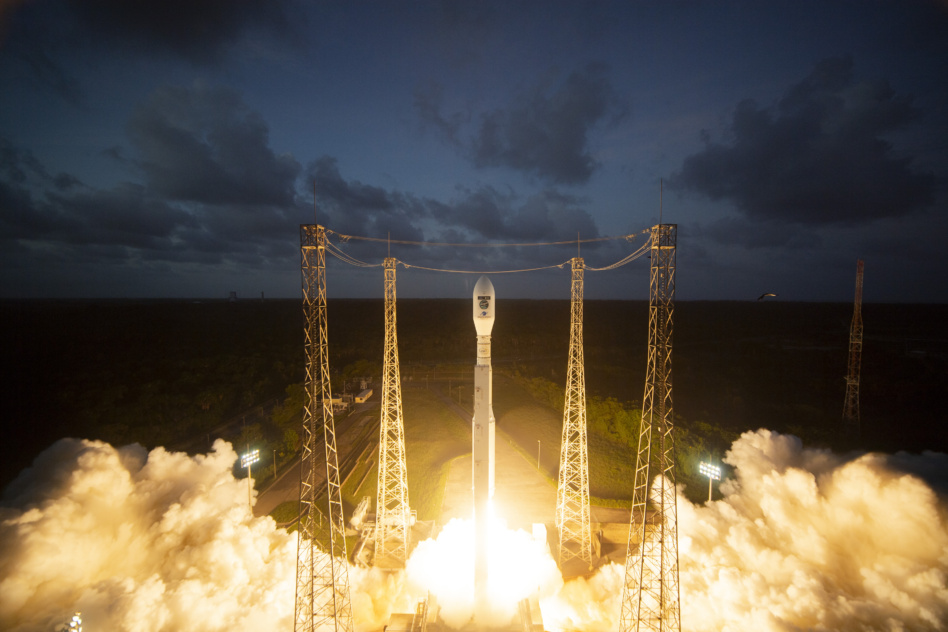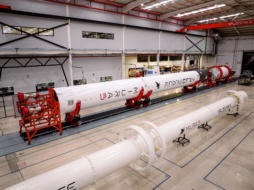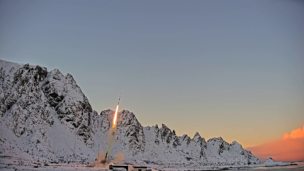ESA’s annual budget fell for the first time in four years after Germany, Italy, and the UK cut their contributions by a combined €430.1M ($440.3M) YoY, the agency announced yesterday.
The €7.68B ($7.86B) budget for 2025 comes in €110M ($112.6M) shy of last year’s spending limit. But ESA’s director general Josef Aschbacher sounded confident the reduced budget wouldn’t get in the way of the agency’s bold plans for 2025.
“The share of [European investment] is relatively modest in the global scale, but again I think the output we deliver for this money is quite impressive and quite significant,” Aschbacher said at the annual press briefing.
A look back: Even though it invests only 0.06% of its GDP in public space programs, Europe was able to notch some significant wins in 2024—most importantly in standing up sovereign launch capabilities after a ~2-year hiatus.
However, the pullback in funding from Germany, Italy, and the UK may dampen the pace of progress. These nations represent three of the top four contributors to ESA, which collects nearly two-thirds of its income from member states.
While other ESA states stepped up their contributions (e.g., Poland quadrupled its contribution to €193.4M ($198M)), the agency will need all member states to increase their investment to reach its long-term goals.
Treat yourself: Despite the budget plateau, 2025—ESA’s 50th year in operation—is set to be a busy one with four Vega-C flights and five Ariane 6 flights, including a Kuiper mission on the first flight of the more powerful Ariane 64 configuration.
The agency plans to spend ~60% of its total budget on 1,500+ contracts with commercial providers—essentially “signing a contract every [working] hour,” Aschbacher said.
Break it down: ESA will allocate its 2025 funds to address a broad range of space tech.
- €2.58B ($2.64B) will go toward EO projects, including six EO sats scheduled to launch in 2025.
- €957M ($979.7M) will be spent on navigation tech.
- €751.8M ($769.6M) will support the space transportation sector, including contracts for new launchers and launch service providers, as part of the European Launcher Challenge.
- €654M ($669.5M) will fund the region’s many scientific programs.
- €598.9M ($613.1M) will address human and robotic exploration.
Call-to-action: ESA is finalizing its long-term “Strategy 2040” plan, which will lay out the path to more autonomy, greater resilience, and a more competitive commercial sector.
However, implementing this plan will require more capital from member states and private investors alike. While Europe crosses its fingers that its member states jump on the bandwagon, it’s more confident that the pool of private investment will step up to the plate.
“We have recent figures that [global private investment] will increase again, and I’m pretty sure that there will be also significant funding contributions from the private sector in the future,” Aschbacher said.




